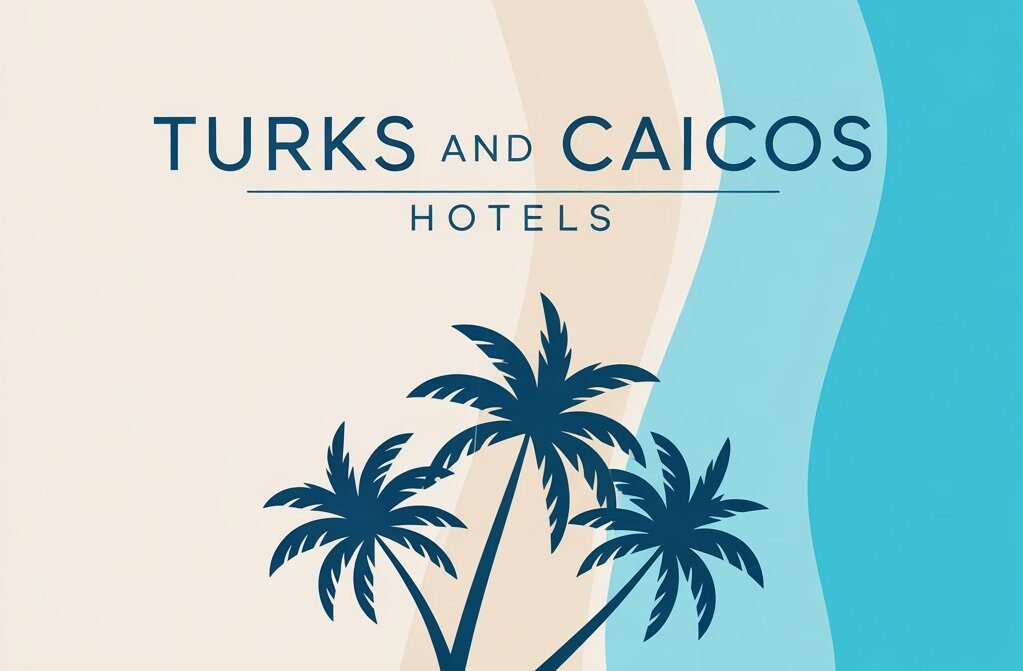Overview
Located in the North Atlantic Ocean, the Turks and Caicos Islands are a British Overseas Territory made up of two island groups: the Turks Islands and the Caicos Islands. In total, there are eight main islands, six of which are inhabited. The Turks Islands, situated on the eastern edge of the territory, include Grand Turk—home to the capital—and Salt Cay. The Caicos Islands stretch westward and consist of West Caicos, Providenciales, North Caicos, Middle Caicos, East Caicos, and South Caicos. Scattered among them are numerous smaller cays, such as Parrot Cay, Dellis Cay, and Little Water Cay.
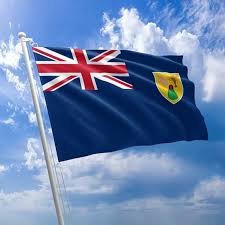
Providenciales, often referred to as «Provo,» is the most developed and densely populated island. It houses the main international gateway—Providenciales International Airport (PLS)—through which all commercial international flights arrive. Grand Turk, the administrative heart of the country, hosts the government offices and the Grand Turk Cruise Center, making it the second most important island in terms of population and infrastructure.
Tourism is the cornerstone of the local economy, with a modest but growing financial services sector contributing as well. As of 2022, the estimated population stands at approximately 47,720 people, and the total land area is around 238 square miles (616.3 km²).
History
The earliest known inhabitants of the Turks and Caicos Islands were the Taíno people, an Indigenous group of Amerindians. Although little is definitively known about their lives, archaeological findings suggest that they migrated from other parts of the Caribbean around the year 600 AD. The largest Taíno settlements were likely located on Middle Caicos and East Caicos. Today, only a few remnants—such as stone tools, cave drawings, and small rock mounds—offer clues to their presence.
European contact with the islands began at the turn of the 16th century. Some scholars argue that Grand Turk may have been the first landfall of Christopher Columbus during his 1492 voyage, rather than the traditionally accepted San Salvador in the Bahamas. Though this theory remains debated, it is well-documented that Spanish explorer Juan Ponce de León visited the islands in 1512. Tragically, within just a century, European-borne diseases and Spanish slave raids had led to the complete disappearance of the Taíno population.
Despite visits by Spanish, French, and British explorers during the 1500s and 1600s, the islands remained uninhabited for much of that time. Permanent settlement began in the late 17th century, when salt collectors from Bermuda established operations using the islands’ shallow natural salt pans. It was during this period that British control over the islands became firmly established, a status that—with a few interruptions—continues to this day.
Origin of the Name
The name «Turks and Caicos Islands» is a blend of historical and linguistic influences. During the early 1600s, the term «Turk» became widely used in Europe as a general label for pirates, especially in reference to Ottoman corsairs who raided ships across the Mediterranean and the Atlantic. Early mapmakers often used the term as a warning symbol on navigational charts.
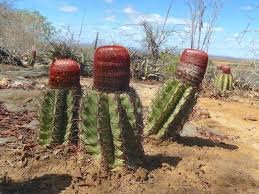
The second part of the name, “Caicos,” likely derives from the Taíno phrase cayo hico, meaning “string of islands.” Over time, the two names were combined, reflecting both a native description of the islands’ geography and the colonial perception of them as pirate territory.
Interestingly, the name has no direct connection to the Turk’s Head cactus (Melocactus), a small round cactus topped with a reddish “cap” that resembles a Turkish fez. Though commonly found throughout the islands, this cactus was named later due to its appearance, not because of the islands’ name.
Piracy in the Islands
From the early 17th century through the mid-18th century, the Turks and Caicos Islands became a key hideout for pirates during the height of the so-called «Golden Age of Piracy.» Their remote location, surrounded by countless small cays and secluded coves, offered ideal conditions for pirates to ambush passing ships and evade naval patrols.
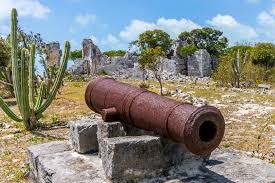
Several infamous pirates are believed to have used the islands as a base of operations, including “Calico” Jack Rackham, Anne Bonny, Mary Read, François l’Olonnais, and Captain Dulaien. These outlaws took advantage of the natural geography to store plunder and repair their vessels in secret.
One island in particular—now known as Parrot Cay—was once called Pirate Cay, a name that reflects its rumored history as a pirate haven. Its location between Providenciales and North Caicos made it an ideal outpost for buccaneers seeking both refuge and opportunity.
Plantations and the Salt Industry
Following the American Revolutionary War, a wave of Loyalist refugees—colonists who had remained loyal to the British Crown—relocated to the Turks and Caicos Islands. These newcomers brought with them enslaved Africans and established cotton plantations, hoping to rebuild their lives and fortunes in the Caribbean. At the same time, salt production, which had begun earlier with settlers from Bermuda, continued to expand and became one of the islands’ main industries.
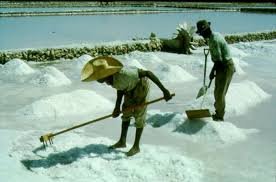
Over time, salt harvesting grew into a structured operation, with workers—many of them enslaved—laboring in shallow salt ponds to extract sea salt, which was then exported across the Atlantic. In addition to the enslaved population, freed Africans rescued by the British from Spanish ships also contributed to the labor force. Today, many modern-day Turks and Caicos Islanders trace their ancestry back to these groups.
However, the plantation economy was short-lived. A combination of droughts, hurricanes, crop pests, and disease led to the collapse of cotton farming by the early 1800s. There was an attempt to shift to sisal production—a fibrous plant used for making rope—but this, too, proved economically unsustainable. By the early 20th century, both industries had declined dramatically.
It wasn’t until the 1980s, with the rise of tourism, that the islands began to experience significant economic recovery.
Culture
Geographically part of the Bahamian archipelago, the Turks and Caicos Islands share deep cultural ties with their northern neighbors. For centuries, people have moved freely between the islands, creating a blend of traditions, cuisine, and music that reflect both shared heritage and local innovation.
One of the most iconic elements of island life is the conch—a large sea snail that remains a staple in the local diet. Traditional dishes such as peas and rice, originally made with pigeon peas and seasoned with conch meat, reflect a blend of African and Caribbean influences. More recent culinary favorites like conch fritters and conch salad have become signature plates, popular among both locals and visitors.

In terms of music, the islands are home to a unique genre known as ripsaw, developed during the time of slavery. The sound is created by scraping a saw blade with a metal object like a screwdriver, producing a rhythmic, raspy beat. Instruments such as drums, guitars, and triangles often accompany the saw, making for lively and soulful performances. The term “ripping the saw” is still used today to describe playing this traditional style.
Another musical influence is Junkanoo, a vibrant Bahamian genre brought back by Turks and Caicos islanders who had migrated to the Bahamas for work and later returned. Today, Junkanoo parades and ripsaw music are proudly celebrated as part of the islands’ cultural identity.
Government
As a British Overseas Territory, the United Kingdom retains responsibility for external defense and international affairs in the Turks and Caicos Islands. However, the territory maintains a locally elected government that manages internal matters. Executive authority is shared between a locally chosen Premier and a Governor appointed by King Charles III of the United Kingdom.
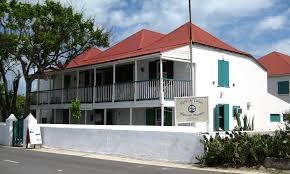
Historically, the islands were administered under the jurisdiction of Jamaica until 1962, when Jamaica gained independence. From 1965 to 1973, the Governor of the Bahamas oversaw the Turks and Caicos, until the Bahamas also became independent. It was at this point that the Turks and Caicos Islands were assigned their own separate Governor, marking a significant step toward greater self-governance.
A new constitution was introduced in 1974, ushering in a more defined political structure. James Alexander George Smith McCartney—known as J.A.G.S. McCartney—became the country’s first Premier, remembered today as a key figure in the political development and national identity of the Turks and Caicos Islands.
Practical Information
Passports and Visas
Visitors from Spain, the United States, Canada, the European Union, and many other countries can enter the Turks and Caicos Islands without a visa for stays of up to 90 days, provided they have a valid passport. An additional 90-day extension may be granted by visiting an immigration office in Providenciales or Grand Turk.
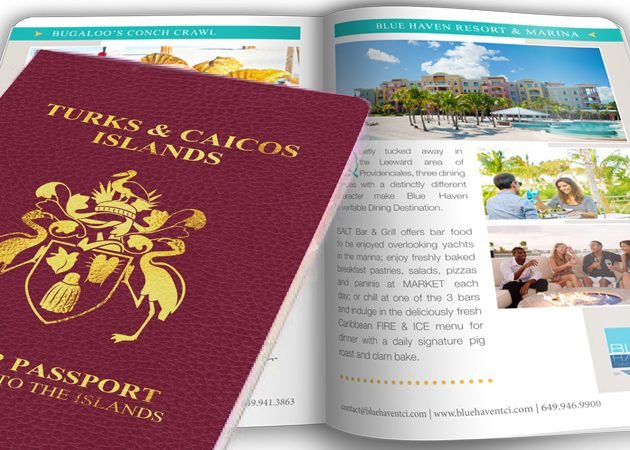
Language
English is the sole official language of the islands. However, due to migration from Haiti and the Dominican Republic, Haitian Creole and Spanish are also spoken. In many restaurants and bars, Dominican staff are common, making it relatively easy to find Spanish-speaking individuals.
Currency
The U.S. dollar (USD) is the only currency accepted throughout the islands. If you’re arriving from a country that uses a different currency, it’s strongly advised to exchange your money before you travel. Currency exchange services are limited to local banks, which often charge high fees and have long wait times—sometimes exceeding an hour. Note: there is no currency exchange booth at Providenciales International Airport (PLS).
ATMs and Credit/Debit Cards
ATMs are widely available in Providenciales but may be scarce on smaller islands, where there may be only one machine. Most businesses accept credit and debit cards, although foreign cards may incur international transaction fees depending on your bank.
Banks
The three main banks are Scotiabank, Royal Bank of Canada (RBC), and CIBC Caribbean. CIBC operates Visa-enabled ATMs, while Scotiabank is part of the Cirrus (MasterCard) network. Bank queues tend to be long, so if you need in-person banking services, prepare for extended wait times.
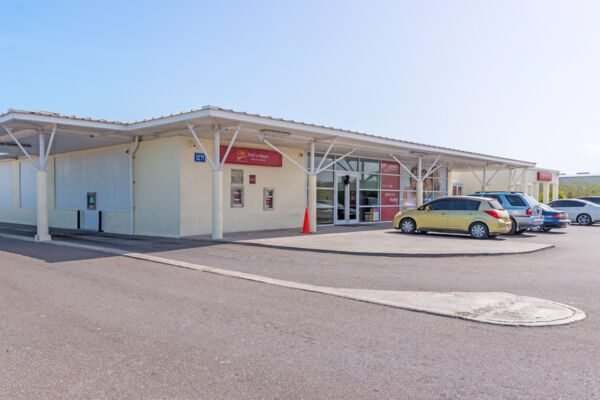
Electrical Outlets and Voltage
Electricity is 120V/60Hz, using American-style plugs. Visitors from the U.S. and Canada won’t need adapters. Travelers from Europe, Asia, or most of South America will need a plug adapter—and possibly a voltage converter for non-dual-voltage devices like hair dryers or irons. It’s recommended to bring these accessories with you, as they can be hard to find locally.
Time Zone
The islands operate on Atlantic Standard Time (AST), which is GMT-4. They do not observe daylight saving time.
Mobile Phones
Turks and Caicos uses the GSM standard on frequencies 850/900/1800/1900 MHz. The main mobile providers are Flow and Digicel. GSM phones can access both networks, while CDMA phones may only work with Flow, depending on device compatibility and carrier agreements.
If you plan to make frequent local or regional calls, consider purchasing a local SIM card—this is much more affordable than using international roaming. Note that your phone must be unlocked to use a local SIM.
Internet and Wi-Fi
All major mobile providers offer 4G mobile data. Wi-Fi is commonly available in hotels, resorts, and many cafes.
TV, Radio, and Media
WIV4 is the main local news channel (Channel 4), and PTV8 (People’s Television) is an alternative local source. Most TV programming is U.S.-based and includes a wide variety of American channels.
There are numerous FM radio stations, including some AM stations in Spanish from the Dominican Republic. The government-operated station, Radio Turks and Caicos, broadcasts on 107.7 FM and provides official updates, especially during hurricanes.
Local print media includes the TC Weekly News and the TCI Sun, both published weekly. Free tourist magazines like Times of the Islands and Where, When, How are widely available in hotels and resorts.
Postal and Courier Services
All inhabited islands have access to postal services, though mail delivery is slow and limited to post office pickup—there’s no home delivery system. Couriers such as FedEx, DHL, and UPS operate offices in Providenciales and Grand Turk.
While the British-style postal code TKCA 1ZZ exists, it’s rarely used and not required for mail delivery.
Safety and Crime
Turks and Caicos has one of the lowest crime rates in the Caribbean, though it is still higher than in countries like Spain, the U.S., or much of Western Europe. Avoid isolated roads and walking outside tourist zones at night.
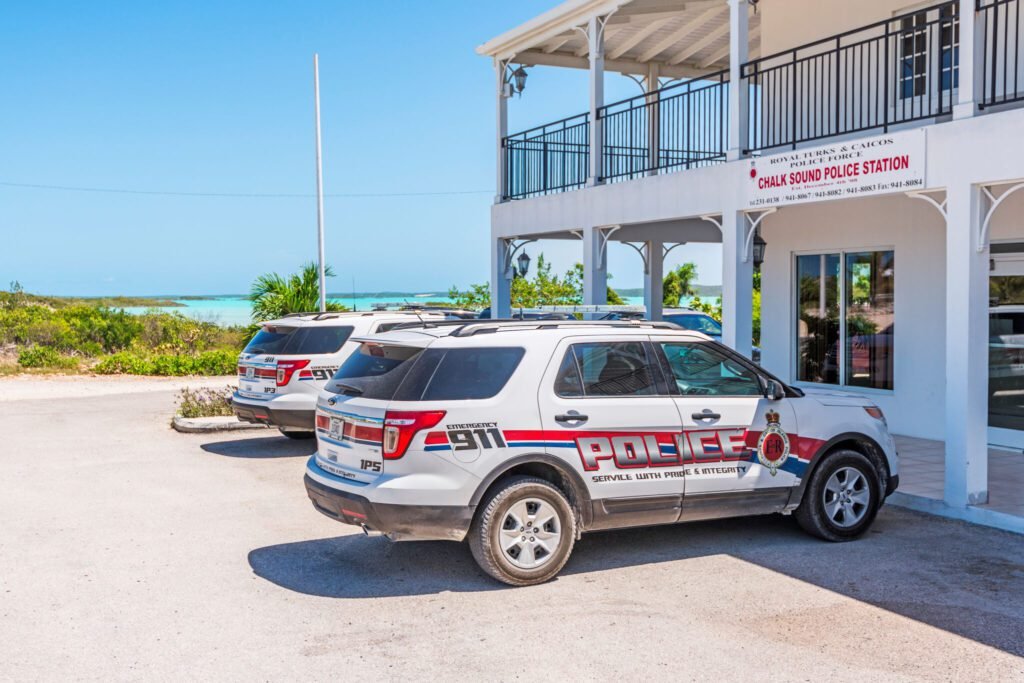
Alcohol, Tobacco, Firearms, and Controlled Substances
The legal drinking age is 18. If you appear under 21, you may be asked for ID.
All illegal drugs, including marijuana, are strictly prohibited. This includes products containing THC or CBD—even for medical use, regardless of prescriptions. Firearms and other weapons are tightly regulated; possession without a license carries mandatory prison sentences.
Healthcare
Modern hospitals were opened in Providenciales and Grand Turk in 2010, improving medical care access. Other islands have small clinics, and Providenciales also hosts specialists like dentists and eye doctors. In severe emergencies, patients are stabilized and evacuated to Miami via air ambulance.
There are no endemic diseases, and no specific vaccinations are recommended by the CDC or WHO before travel.
Some native plants, such as poisonwood (coral sumac) and rosary pea, are toxic but usually found only in remote areas. Divers should be cautious of the venomous lionfish, which can cause painful stings and, in rare cases, temporary paralysis.
Embassies and Consulates
Only the United States, Haiti, and Jamaica maintain diplomatic missions on the islands. All other countries are represented by their embassies in regional locations, usually in the Bahamas or Jamaica.
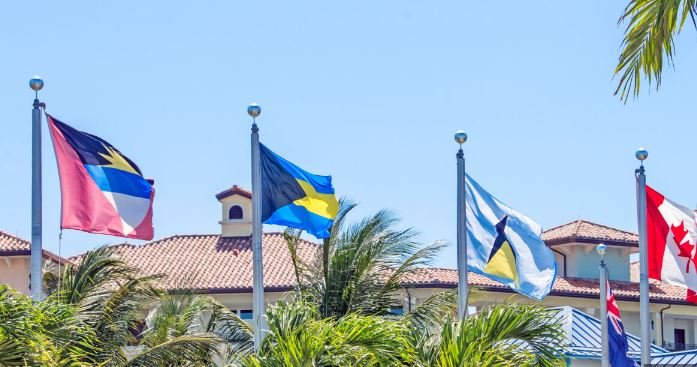
Customs Information
Visitors are allowed to bring the following items duty-free:
- 1 liter of spirits or 2 liters of wine (under 42% alcohol)
- 200 cigarettes, 100 cigarillos, 50 cigars, or 220 grams of tobacco
- 50 grams of perfume or 0.25 liters of eau de toilette
- $1,000 worth of gifts or items intended to stay in the country
- A reasonable quantity of personal belongings
Prescription medications must be accompanied by a doctor’s prescription and kept in original packaging to avoid issues at border control. Firearms and dangerous weapons are restricted and require written permission from the local police.
Traveling with Pets
Bringing pets into the islands is regulated. Travelers must apply for a permit at least one week before arrival. The process includes paperwork, fees, and up-to-date health certifications. Some dog breeds are banned entirely.
Transportation
There is no public transport system. Taxis are readily available at Providenciales International Airport (PLS), but limited on other islands. Renting a car is strongly recommended unless you plan to stay within a resort or hotel for most of your trip.
Car Rental and Driving
Cars drive on the left-hand side, as in the UK, although most vehicles are American imports with the steering wheel on the left. Road safety can be an issue due to unpredictable local driving habits—keep a safe distance and stay alert.
An international driver’s permit may be required if your license is not in English. Minimum age to rent a car is usually 23, and 18 for scooters or motorcycles.
Taxis
Taxis are easy to find in Providenciales and Grand Turk but are rare or unavailable on smaller islands like North, Middle, South Caicos, and Salt Cay. Fares are high, so it’s wise to agree on a price before your ride. For extended stays, renting a car is more cost-effective.

Inter-Island Travel
Regular ferry service connects North Caicos, Middle Caicos (linked by a causeway), and South Caicos. Flights to Grand Turk and Salt Cay are also available. Ferry fares are relatively affordable, while flights tend to be expensive for the short distance covered.
The best accommodations in Turks and Caicos
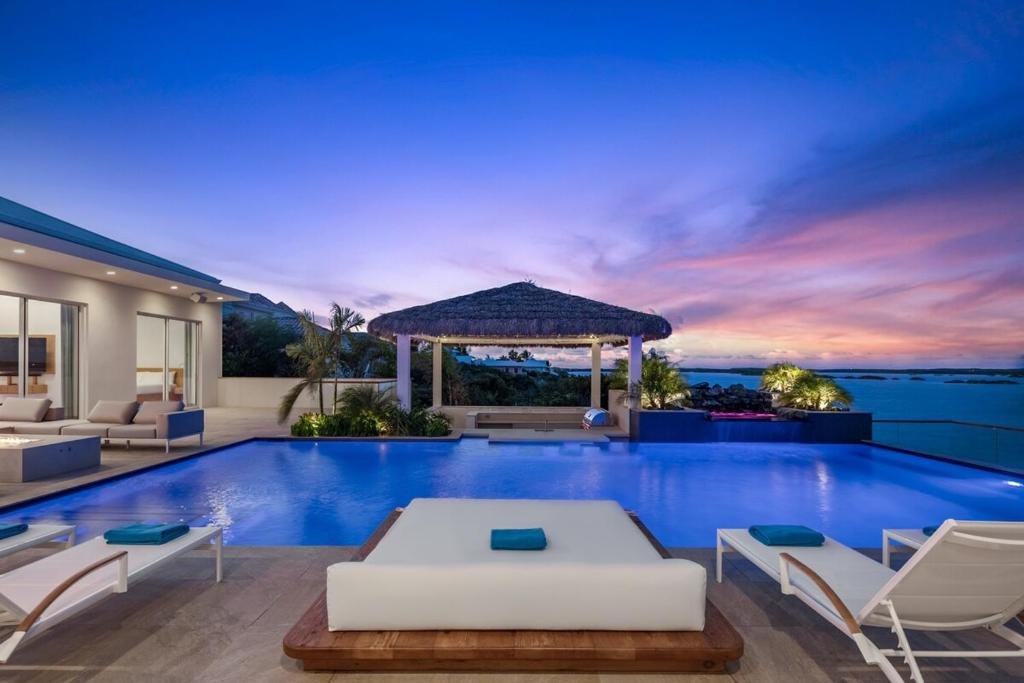
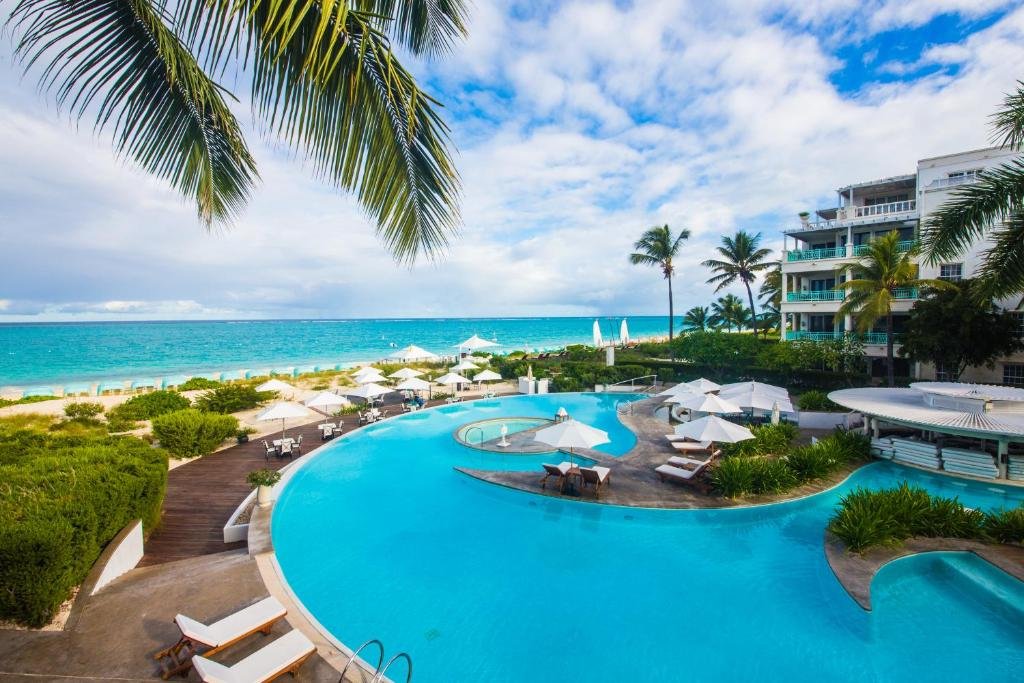
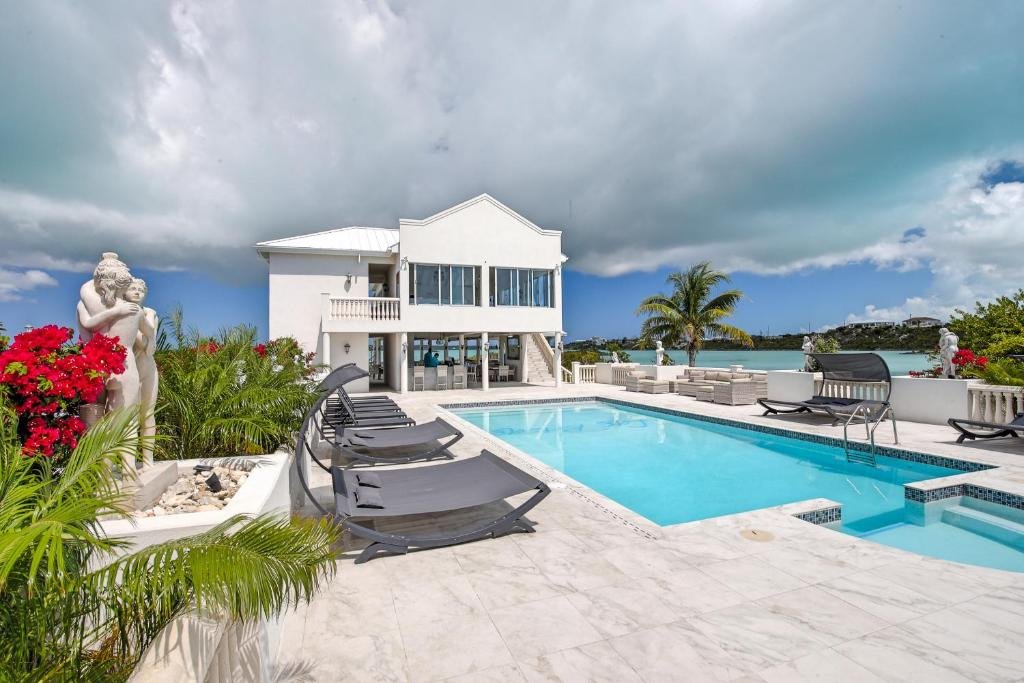
Learn more about Turks and Caicos Islands
- Scuba diving adventures in Turks and Caicos
- Why you should visit Little Water Cay
- Discover the beauty of Chalk Sound in Turks and Caicos
- A guide to the best beach areas in Turks and Caicos
- Water and land fun in Turks and Caicos
- When to enjoy perfect beach weather in Turks and Caicos
- Ideal spots to stay in Turks and Caicos for every traveler
- Understanding the location of Turks and Caicos Islands
